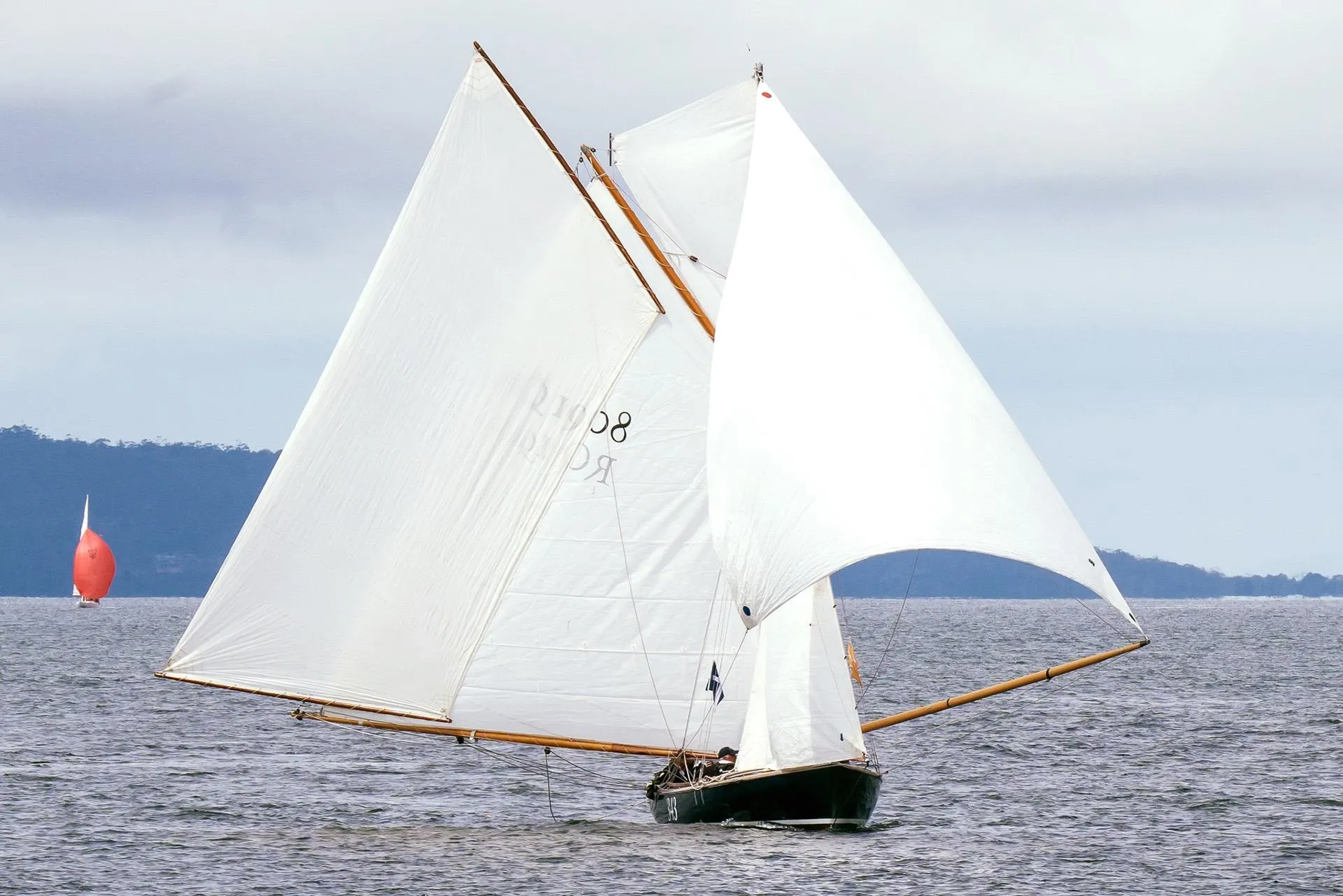- Home
- Nav. Index
- Tides
- Tidal Stream
- Tide Gates
- Rule of Twelfths
Rule of Twelfths for Quick Tidal Calculations.
The Rule of Twelfths or if you are more used to metric, the Rule of Tenths is used to give a rough estimate of the state of the tide.
Most Tide Tables only give the times and heights of high and low water, in relation to the chart datum.
Assuming that the tide in your area has a normal semi-diurnal cycle, either of these rules of thumb can be used to provide a quick estimate of the height and flow of the tide for times in between high and low water.
The Rule of Twelfths.
For working out accurate tidal heights you should use a graph.
However, the rule of twelfths allows you to make a fair estimate quickly in your head.
The rule works on the assumption that the tidal flow increases smoothly to a maximum at half tide then decreases smoothly to zero flow at slack water.

And the flow rate correlates to
the increase or
decrease in depth over the approximate six hours of the tide sequence.
The assumption is that the flow and rise in water level during the
first hour
after low tide will be one twelfth of the total range.
In the second hour it
will be two twelfths,
during the third and fourth hours three twelfths, then two twelfths in
the
fifth and finally one twelfth in the sixth hour.
Of course in order to use this rule of thumb, you must first find the
time and
height of high and low water for you area and the day in question.
Then subtract one from the other to get the tidal range. And remember,
this is only a
rough and ready estimate so
add a safety margin to your answer.
An even shorter short cut to find the height at half tide, is to simply divide the range by two and add the result to the height of low water and then add to the chart datum.
BooksRule of Tenths.
The rule of twelfths works well enough for anyone used to working with feet, fathoms, etc.
For anyone more at home working in decimal the rule of tenths might be
easier
to use.
So, instead of using twelfths uses percentages.
- 10% for the 1st hour of range
- 15% for the 2nd hour of range
- 25% for the 3rd hour of range
- 25% for the 4th hour of range
- 15% for the 5th hour of range
- and 10% for the 6th hour of range
Now before any mathematician writes in to point out that 10% isn’t the same as a 12th I should reiterate that the rule of twelfths is only used to give an estimate.
The Calculation.
First thing you need is the tidal range that’s the difference between high water and low water for the day in question.
So at the end of the first hour of a rising tide, it will have risen
one
twelfth or 10% of the range.
At the end of the second hour it will have risen 1/12 for the first
hour plus
2/12 for the second hour making a total of 3/12.
Using percentages you would have 10% for the first hour plus 15% for
the second
making a total of 25% at the end of the second hour.
In the same way at the end of the 4th hour the tide would be 75% of the
range
higher than low water or 25% lower than high water.
To get the actual depth of the water two hours after low water, that 25% of the range needs to be added to the height of low water and the height shown on the chart (some of these figures might be negative).
Some Other Rules of Thumb.
The Rule of Seven
This rule of thumb can be used to work out the change of range between
springs
and neaps.
As the change can be assumed as being linear the range will change each
day by
1/7th of difference between the spring and neap range.
In other words subtract the neap range from the spring range and divide by seven to get the daily change in range.
The One In Sixty Rule
This rule of thumb can be used to work out your lateral displacement
from your
deviation.
For instance if you are one degree off course after 60 miles you will
be 1 mile
from you intended track.
So for every one degree off course the distance-off will be 1/60 of the
distance covered.
For two degrees off then 2/60 of the distance traveled.
This only works with small distances and amounts of deviation.
Caveat.

I
feel I must reiterate that these rules are just
methods for giving a quick, rough approximation only and should be used
with
great caution when used for navigation.
Tidal streams for instance don't always have a simple relationship with
the
tidal height.
There are many locations where the nature of the sea bed and coastline
cause
all sorts off anomalies.
Some coasts have double high waters and others double low waters and
there can
be abnormal flow rates within the tidal sequence.
And the Tide Tables themselves are predictions based on previous
experience and
the figures for times and heights are subject to modification by wind
and
atmospheric pressure.
So, while rules of thumb, such as the rule of twelfths, allows you to do quick mental calculations, navigating at sea should be an accumulation of input from as many sources as possible, particularly input from your own eyeballs.
affiliate links








